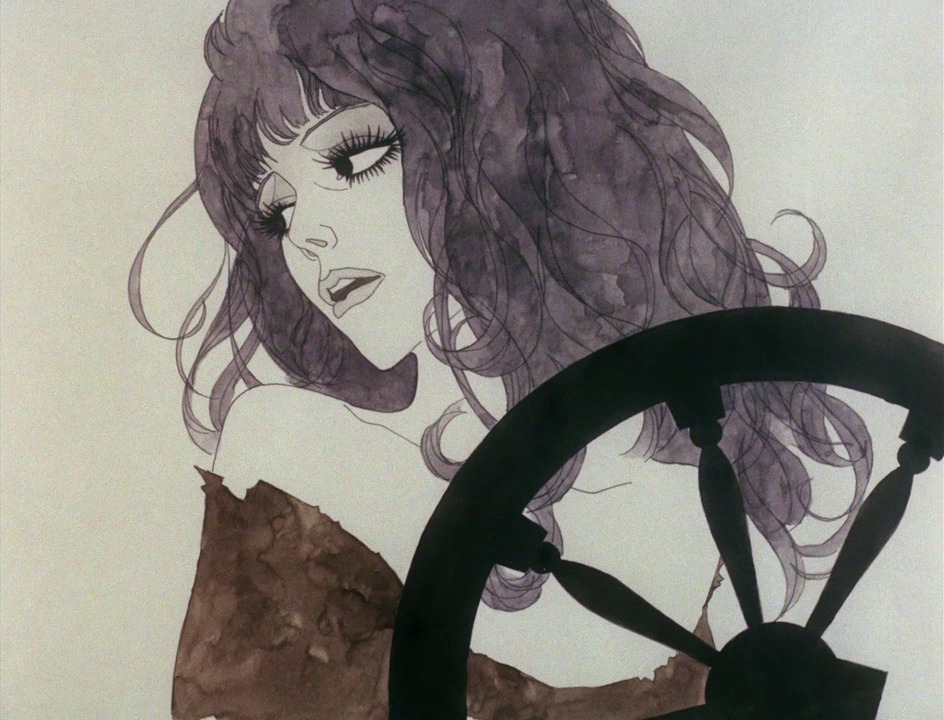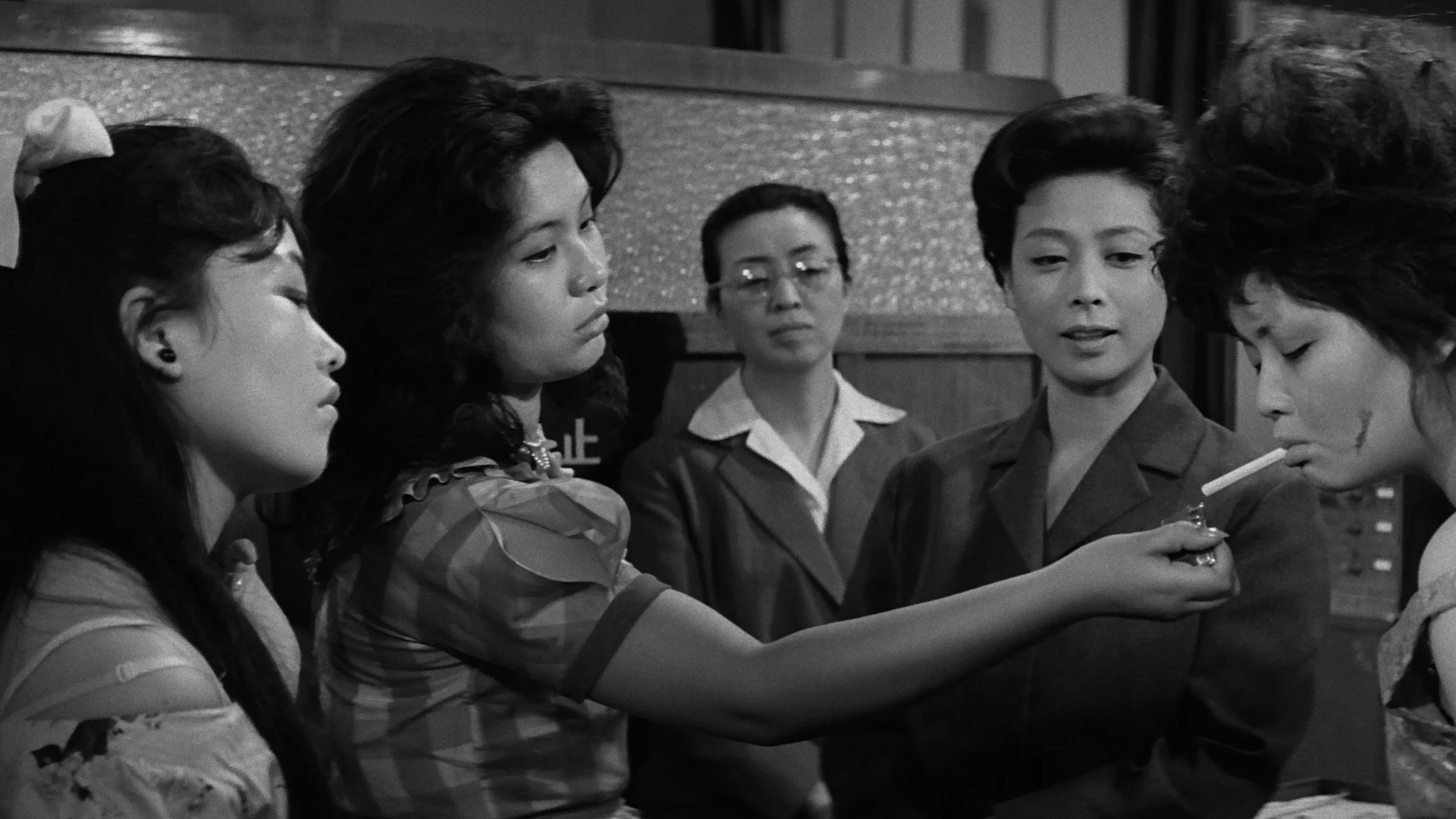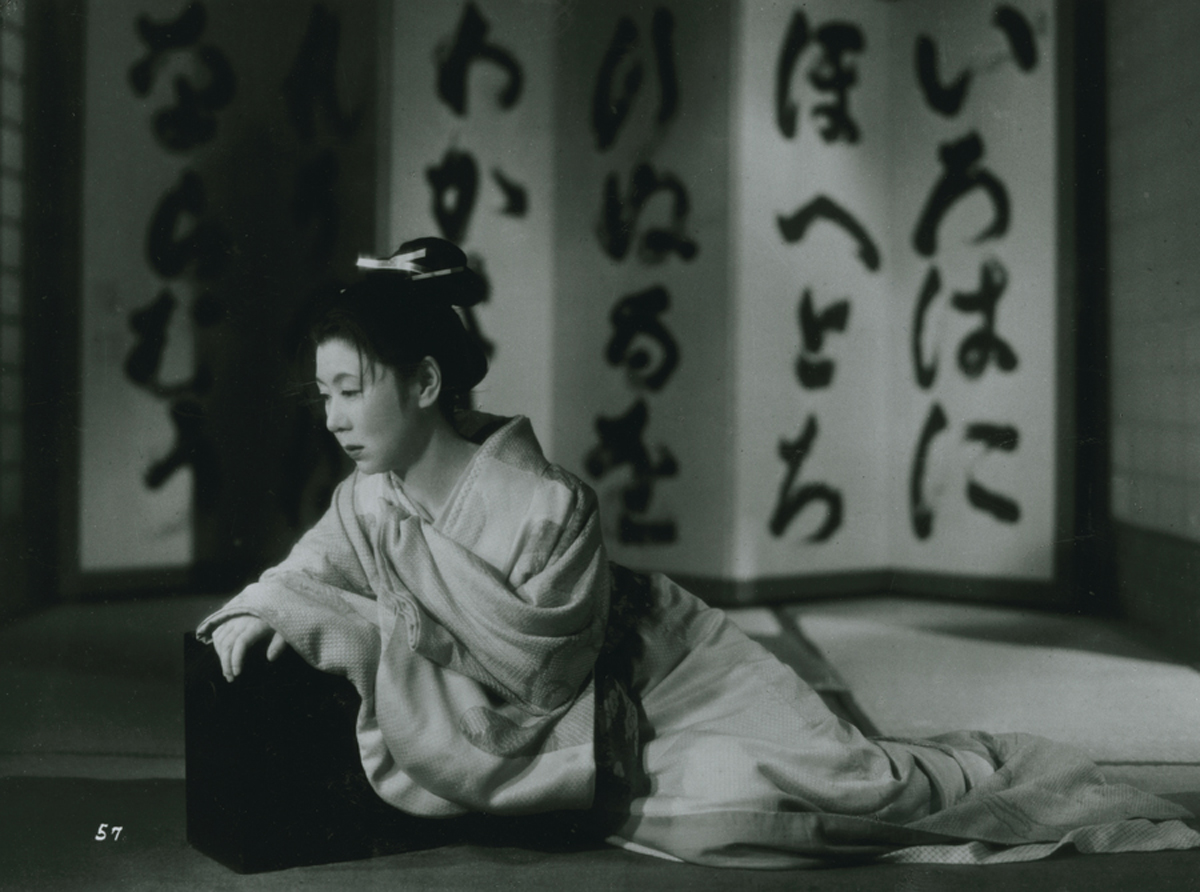By Athina Varvesioti,
Years ago, I came across this highly exalted Asian animated film, named Belladonna of Sadness, a work that blends splendid animation and gore images in order to establish the witch as a feminist icon and to defy patriarchal conventions that assist men in escaping their responsibilities when it comes to crimes, especially sexual, against women. Once I decided to watch it, however, the only positive comment I had to deliver was about the soundtrack and the animation itself, with its vibrant colours and intricate figures. It turned out that the film resembled more the depiction of male sexual fantasies, and that it relied mostly on the sacrifice of female agency and the “consensual” sexual intercourse of Jeanne, a woman assaulted by the local lord on her wedding day, with the devil himself, presented as a penis (!).
It is even more interesting that the devil suggests that he grants her magic powers which will be serviceable to her once she plots her revenge against her abuser. Jeanne only becomes powerful as soon as she is essentially raped by the devil! Yet, the film has been labelled feminist, revolutionary, the latter of which it certainly was, for Western cinema had not been prepared for such crude images; I was not particularly surprised to find out that it has been directed by a man.
So, what is the issue at play? If we discuss Belladonna of Sadness in particular, we must once again mention, with the loudest voice possible, that rape will never be empowering for a woman, no matter how dazzling the animation surrounding it can be. Women’s voices, especially when it comes to feminist films, must not drown in obscurity and misery, but rather emerge as sine qua non for the world to advance further. Indeed, the film sets out to uplift women and emphasize how wronged they have always been, but we must not forget that the emancipation of women is not exclusively equal to their sexual liberation and the exploration of their sexuality. Cruel images are often necessary to highlight the importance of such issues, yet a line has to be drawn when such images of sexual assault, for that matter, are almost glorified and permeate half of the film! Apparently, this empowering message the film wished to convey was lost in execution.

From the beginning of cinema in the early 20th century, female figures were scarcely ever presented in many, diverse ways, but have often been placed in certain boxes, according to gender stereotypes and roles, such as domesticated figures or romantic interests. Through the lens of what is widely known as the “male gaze”, women immediately become objects of desire for men, they are sexualized and depicted in ways that do nothing but belittle and humiliate them. Many times, what is initially presented as an ode to feminism and female empowerment turns out to be, and this will probably be an understatement, a catastrophe.
The realm of cinema is still male-centered, dominated by male directors who often still follow conventions about gender roles that should have been abolished years, not to say centuries ago. And here comes the question; why do we not let women define themselves in film outside of their relationships with men and, more significantly, why do we not hand over the microphone to women, so as they talk about their own experiences, rather than make assumptions about what being a woman feels like? Women have already begun to take over the moving pictures with their heartfelt, truly moving and often gut-wrenching portrayals of trauma, love, abuse, motherhood, career, and more, leaving entire audiences with a knot in their stomachs as soon as they exit the movie theatres.
It is important to note that women have been directing films and writing scenarios long before we started discussing and revolting against the male gaze and dominion in cinema. An example of such a film, which I had the opportunity to watch and appreciate on the big screen recently, is Girls of the Night, a film that discusses the struggle of former prostitutes to be reintegrated in society and start over, after the Prostitution Prevention Law in 1950s Japan. Directed by Kinuyo Tanaka, the second major Japanese female director, the film does not criticize, neither subtly nor explicitly, the choices of those women; rather, through her delicate shots and celebration of bodily autonomy, Tanaka provides us with a portrayal of female figures who stand strong against the currents that attempt to wash them away. It does not filter their presence through their relationship with men, for women are the main characters, not the secondary ones, always with their arm wrapped around a man’s waist.
Through images that do not sexualize or degrade these women who have been marginalized by the “decorous” society, the film ventures to address those who have alienated them from everyday life, uplifting those women as they embark on a journey of self-discovery, liberation, exploring their sexuality and financial emancipation and seeking for romance outside of the boundaries imposed by their former job. What is the most significant part of the film, however, is that Kinuyo does not shame and abash these women for their choices and does not claim to be against sex workers (which is not always the case when it comes to films directed by men), but instead subtly comments on the way these women have been exploited and misunderstood by men in authority.

A more recent and certainly more easily recognizable example of the triumph of the female gaze in film, is the beloved Portrait of a Lady on Fire, directed by Céline Sciamma. In this wonderfully framed film, we witness a bond that is gradually created between the two female protagonists, one of which has been assigned to paint the portrait of the other. As the two develop a keen romantic interest for each other, Sciamma presents us with delicate pictures and frames surrounded by nature and vivid colours, in order to track down the fluctuations of the women’s emotions. No vulgar or overly sexualized images interrupt the serenity and intimacy that characterizes their relationship.
There is nothing excessively glamorous about the costumes or the setting, for the focus is on how the two lovers perceive and view each other; there are few to none men in the film, for the presence of just one might serve as a disruption to the all-female cast. The director is less concentrated on the taboos that have always followed lesbian relationships, and prefers to divert her attention towards the sweetness and tenderness that underlies accidental glimpses and touches, or the mystery that is evoked by words that have never been spoken. The relationship between the two women blossoms despite the pressure and pain inflicted on them daily by patriarchy, which mercilessly limits and taunts their freedom of expression, something on which Sciamma, much like Tanaka, comments on.

Once we let women express themselves with no restraints and take control of their lives and experiences, we are astonished by what they can offer us. Away from the preying eyes of men and the looming presence of patriarchy, prejudice is crushed and liberation ensues.
References
- “Portrait of a Lady on Fire” is more than a “manifesto on the female gaze”. The New Yorker. Available here
- What the Movies Taught Me About Being a Woman. The New York Times. Available here
- The Many Misrepresentations of Sex Workers on Screen. CherryPicks. Available here




